Retro Replay Review
Gameplay
Rurouni Kenshin: Ishin Gekitōhen employs a straightforward four-button scheme that will be immediately familiar to fans of early 3D fighters like Tekken 1 and 2. Two of those buttons handle high and low attacks, which can be combined for more powerful special moves, while the other two serve as guards against incoming strikes. This simplicity gives newcomers a quick learning curve, yet offers room for mastery once you begin timing your combos and defensive maneuvers.
(HEY YOU!! We hope you enjoy! We try not to run ads. So basically, this is a very expensive hobby running this site. Please consider joining us for updates, forums, and more. Network w/ us to make some cash or friends while retro gaming, and you can win some free retro games for posting. Okay, carry on 👍)
The pacing of each duel feels deliberate, encouraging strategic timing rather than button mashing. Landing a well-timed low attack into a follow-up special will often turn the tide against tougher opponents. Guards can be held or tapped to adjust your posture, making for engaging mind games whenever you lock blades with AI or human rivals. Once you get accustomed to Kenshin’s Sakabatō style and Sanosuke’s brute-force approach, the combat opens up in surprising ways.
Two main modes—History and VS—bolster the game’s replay value. History Mode faithfully recreates the first arc of the anime, pitting you against Sanosuke first (who then joins your roster as an alternative fighter), followed by adversaries such as Jine, Hyottoko, Hannya, Shikijō, and Aoshi. VS Mode lets you pick from all unlocked characters and even chase down a secret fighter hidden behind specific victory conditions. Whether you prefer the solo campaign or local bouts with friends, the mode structure keeps the action fresh.
Graphics
On the technical side, the game’s 3D models capture the distinctive costumes and personalities of each character, from Kenshin’s crimson hair to Aoshi’s calm but deadly demeanor. While polygon counts are modest by modern standards, the art direction leans heavily into the anime’s vibrant color palette, ensuring every stage and fighter pops on screen. Backgrounds—whether a serene Kyoto temple or a dimly lit alley—are rendered with just enough detail to set the scene without distracting from the combat.
Animation quality varies from one fighter to another, but key moves such as Kenshin’s Hiten Mitsurugi-ryū strikes and Sanosuke’s Futae no Kiwami appear fluid and impactful. Hit sparks and screen shake add weight to your blows, making each clash feel satisfying. Character portraits that appear between rounds are faithfully hand-drawn, lending a slice-of-anime charm when the action cuts to cinematic close-ups.
Load times are minimal, keeping you locked into the flow of battle rather than staring at progress bars. Even on original hardware, stage transitions happen swiftly, so you can chain multiple skirmishes together without interruption. For retro enthusiasts, the graphics evoke the PlayStation era nostalgia, while newcomers will appreciate the clear readability of health bars, timers, and combo indicators.
Story
The narrative framework of History Mode follows the anime’s first story arc, replaying pivotal duels and character introductions. You begin your journey by facing off against the boisterous Sanosuke, whose initial hostility blossoms into camaraderie once you best him in battle. From there, you are thrust into a series of increasingly challenging encounters that mirror key plot points and rivalries from the show.
Each boss fight is bookended by brief cutscenes and character portraits that convey essential story beats, though dialogue is limited to on-screen text. Still, fans will appreciate seeing Jine’s sinister grin or Hyottoko’s comically twisted mask in motion. Unlockable endings for each character provide small tidbits of lore—defeat Hannya under certain conditions to learn more about his cursed background, for instance.
While diehard anime purists might miss fully voiced dialogue, the streamlined presentation keeps the focus on gameplay without sacrificing the essence of the original tale. Secret fights and hidden character challenges also encourage multiple playthroughs if you wish to uncover every narrative fragment and character cameo tucked away in the roster.
Overall Experience
Rurouni Kenshin: Ishin Gekitōhen delivers a satisfying blend of accessible fighting mechanics and nostalgic fan service. Though it lacks the technical depth of later 3D fighters, its emphasis on timing and positioning makes each bout a rewarding puzzle to solve. The faithful adaptation of the first anime arc ensures that fans of the series will feel right at home, while newcomers can enjoy a concise, story-driven introduction to Kenshin’s world.
Multiplayer bouts in VS Mode reveal the game’s competitive potential, especially when trying to master each character’s unique move set. The inclusion of a secret unlockable fighter adds an extra layer of incentive, rewarding those who explore beyond the main campaign. For collectors and retro aficionados, the title stands as a charming snapshot of late-’90s licensed fighting games.
Overall, Ishin Gekitōhen strikes a fine balance between simplicity and depth. Its straightforward control scheme, evocative visuals, and faithful retelling of the Kyoto arc combine into a solid package that remains enjoyable today. Whether you’re raising funds for a second run in History Mode or challenging a friend to a heated VS match, this title earns its place in any Rurouni Kenshin or classic fighting-game enthusiast’s library.
 Retro Replay Retro Replay gaming reviews, news, emulation, geek stuff and more!
Retro Replay Retro Replay gaming reviews, news, emulation, geek stuff and more!
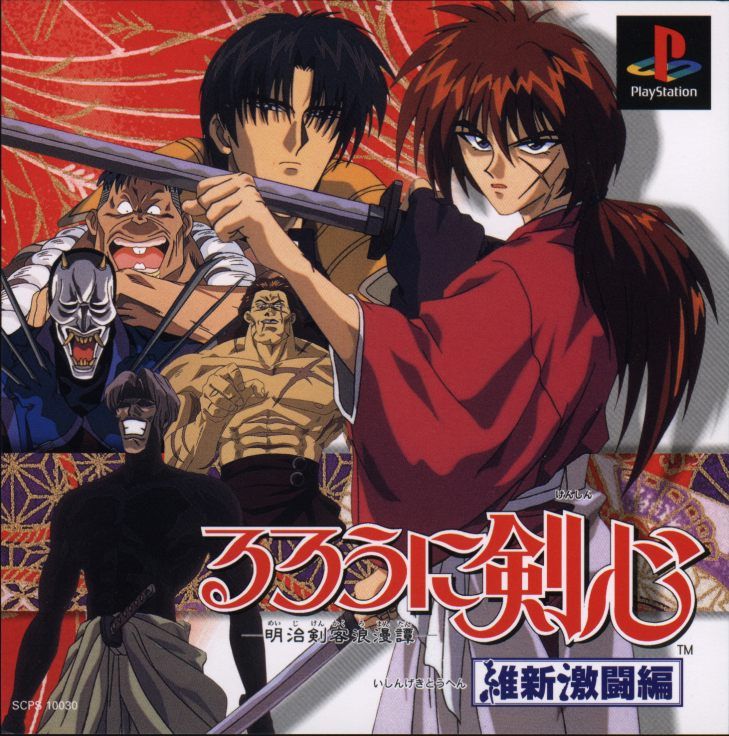
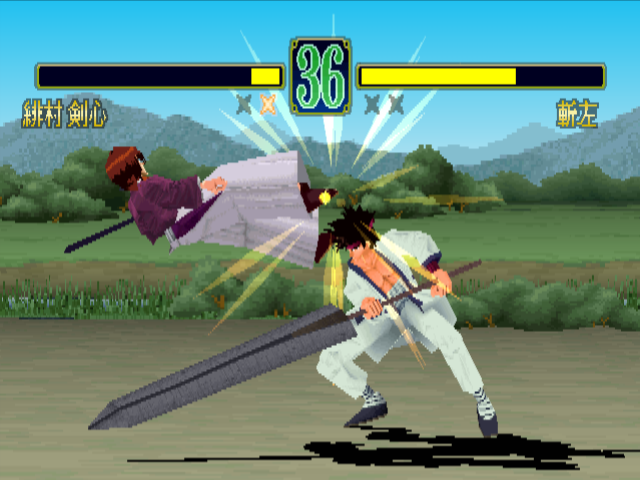
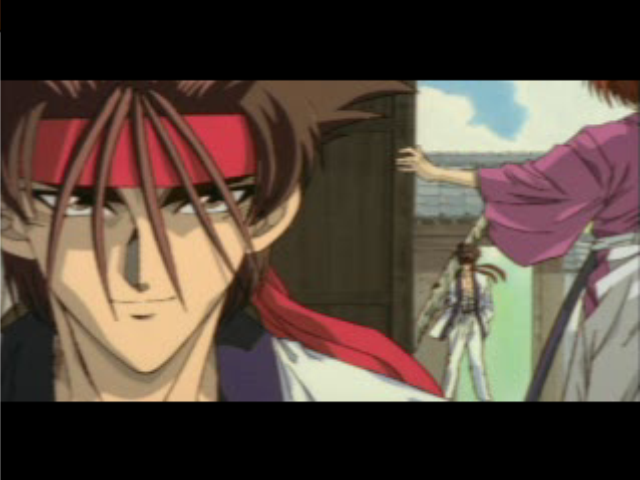
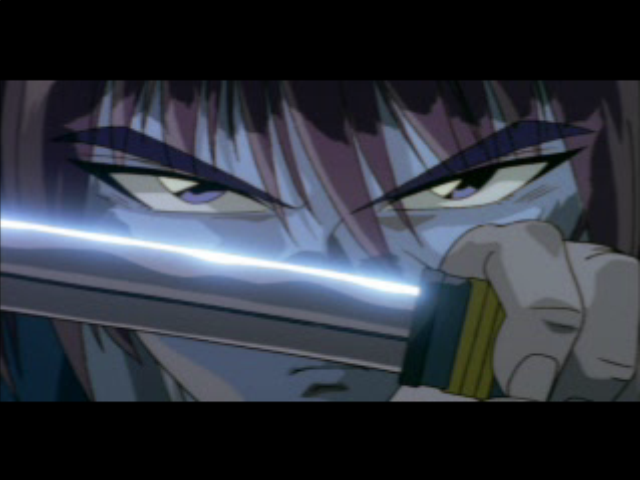
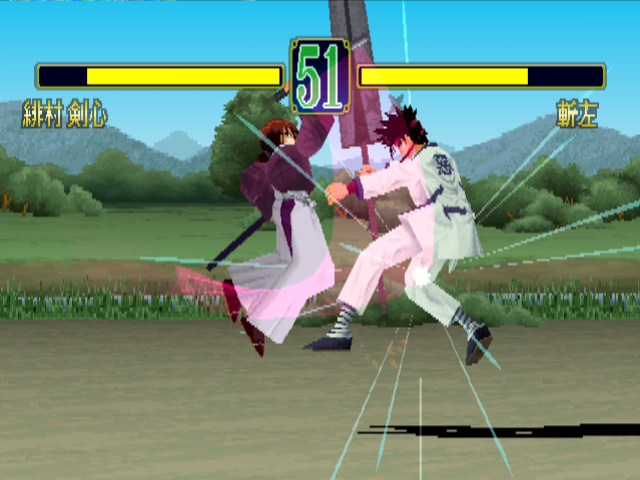
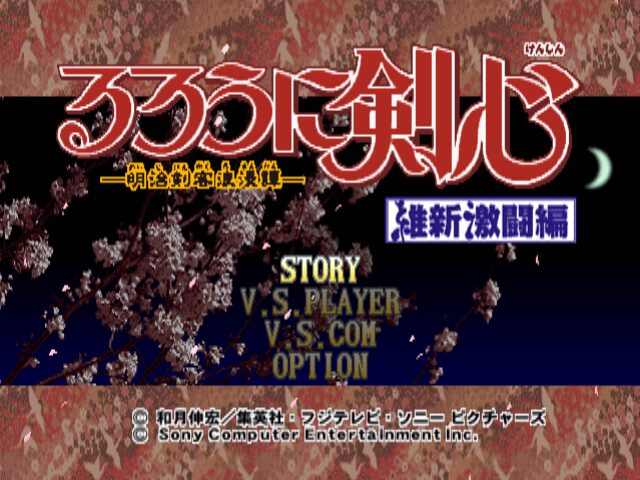

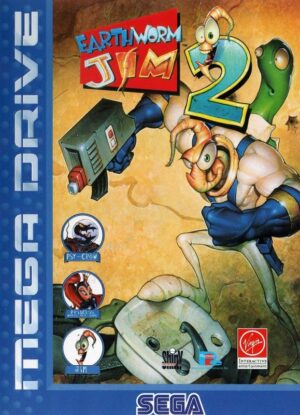

Reviews
There are no reviews yet.